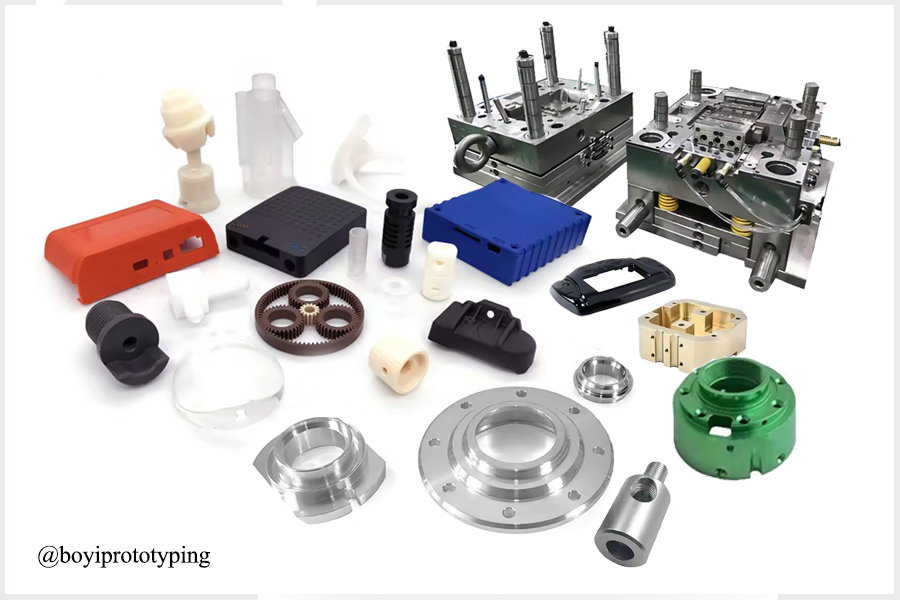When it comes to injection molding, gate blush is a common issue that manufacturers often encounter. Gate blush refers to the discoloration or whitening that can occur at the gate location on a molded part. This phenomenon is typically caused by a variety of factors that can affect the appearance and quality of the final product.
Causes of Gate Blush: Inadequate Venting
One of the primary causes of gate blush is inadequate venting. When the gate area is not properly vented, trapped air can create pressure and heat, leading to discoloration at the gate location. Additionally, the presence of moisture in the resin or excessive shear heat during the molding process can also contribute to gate blush.
Causes of Gate Blush: Improper Gate Designs or Sizes
Another common cause of gate blush is the use of improper gate designs or sizes. Too small of a gate can result in excessive pressure buildup, while too large of a gate can cause uneven filling of the mold cavity. Both scenarios can lead to cosmetic defects such as gate blush.
Causes of Gate Blush: Processing Conditions
Furthermore, gate blush can also be a result of processing conditions, such as injection speed and pressure. If the resin is injected too quickly or at a high pressure, it can cause shear stress and heat buildup at the gate location, resulting in discoloration. Additionally, inadequate cooling of the mold or improper packing pressure can also contribute to gate blush.
Preventing Gate Blush: Proactive Measures
To prevent gate blush in injection molding, manufacturers should take a proactive approach by addressing these potential causes. Proper venting of the mold is essential to allow trapped air to escape and prevent pressure buildup. Ensuring that the resin is free from moisture and contaminants can also help mitigate the risk of gate blush.
Optimizing Processing Conditions for Prevention
In terms of processing conditions, manufacturers should carefully monitor and adjust injection speed and pressure to prevent excessive shear stress and heat buildup. Proper cooling of the mold and adequate packing pressure are also important factors in reducing likelihood gateway occurring during molding process
Conclusion
Overall being aware causes gateway implementing effective prevention measures help manufacturers achieve high-quality defect-free molded parts By taking proactive approach addressing potential issues optimizing processing conditions manufacturers avoid cosmetic defects associated gateway ensure production high-quality products customers





Comments